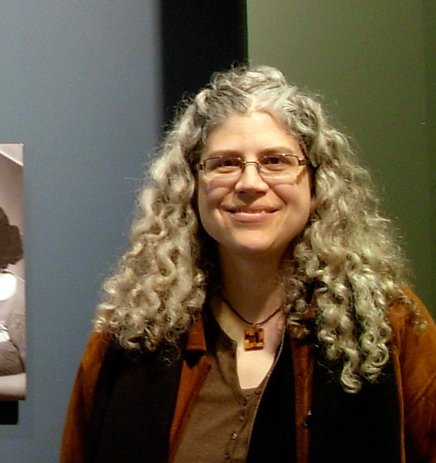
The Guide to Clinical Preventive Services was produced by the U.S. Preventive Services Task Force, and includes guidelines and recommendations for preventive measures. If you need to know who to screen, at what age, for what disorder, this is the site for you.
The U.S. Preventive Services Task Force (USPSTF) was convened by the Public Health Service to rigorously evaluate clinical research in order to assess the merits of preventive measures, including screening tests, counseling, immunizations, and preventive medications. USPSTF also provides pocket guides, email alerts and downloads for your mobil device.




